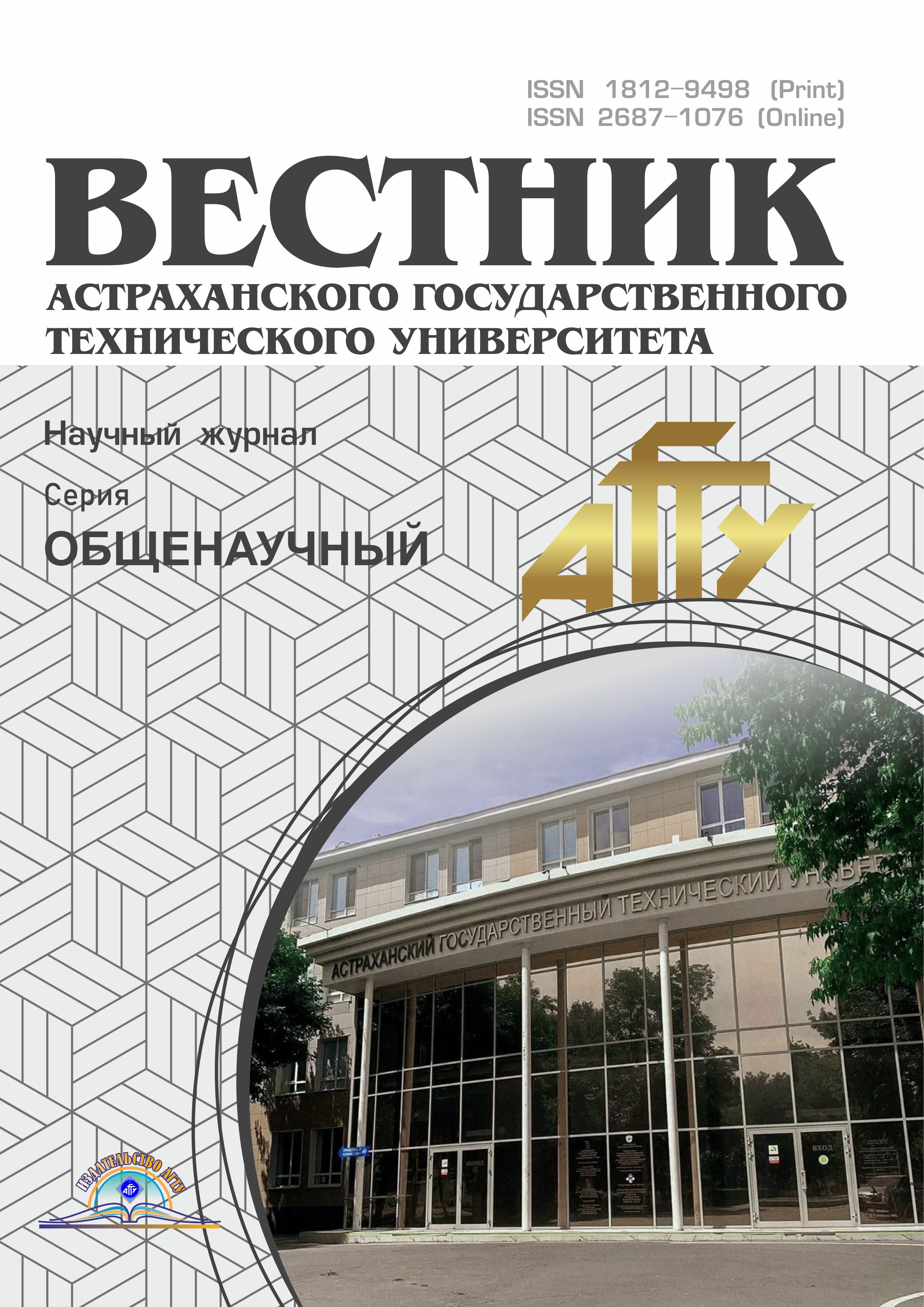CSCSTI 20.01
CSCSTI 26.03
CSCSTI 43.01
CSCSTI 44.01
CSCSTI 45.01
CSCSTI 50.01
CSCSTI 62.01
CSCSTI 69.01
CSCSTI 70.01
CSCSTI 73.34
The article studies composition and some physicochemical properties of gelatin prepared from the scales of seabream ( Sparus latus Houttuyn). The yield of extracted gelatin was 15.1%. Gelatin sample contained high protein content (91.7%), a low ash content (1.15%), carbohydrates (0.04 ± 0.01%), the moisture percentage of 7.11%, fat was absent. The physicochemical properties of gelatin were investigated: gel strength of 232 g, melting point at 29°C, gelling temperature at 12°C and melting temperature at 25°C. The values of foaming capacity and stability were 240% and 50%, respectively. The carried out comparison revealed higher protein content and lower ash and moisture content in in the gelatin obtained from seabream scales compared to commercial gelatin extracted from hogskin, which makes it possible to use in food industry as a potential substitution of commercial analogues.
seabream, scale, gelatin, physicochemical properties
1. Cao Thi Hue, Nguyen Thi Minh Hang, Le Nguyen Thanh, Nguyen Van Hung, Razumovskaya R.G. Research on the extraction of gelatin from fish scale Saurida tumbil Bloch by chemical method. Proceeding of The conference about Marine Biology and Development. Vietnam, Publishing House "Science and Technology", 2014, 352-357.
2. Nagarajan M., Benjakul S., Prodpran T., Songtipya P., Kishimura H. Characteristics and functional properties of gelatin from splendid squid (Loligo formosana) skin as affected by extraction temperatures. Food Hydrocolloids, 2012, 29(2), 389-397.
3. Gómez-Guillén M. C., Gimonez B., Lúpez-Caballero M., Montero M. P. Functional and bioactive properties of collagen and gelatin from alternative sources: a review. Food Hydrocolloids, 2011, 25(8), 1813-1827.
4. Gudmundsson M., Hafsteinsson H. Gelatin from cod skins as affected by chemical treatments. Journal of Food Science, 1997, 62(1), 37-39.
5. Jamilah B., Havinder K. Properties of gelatins from skins of fish black tilapia (Oreochromis mossambicus) and red tilapia (Oreochromis nilotica). Food Chemistry, 2002, 77(1), 81-84.
6. Muyonga J., Cole C., Duodu K. Extraction and physicochemical characterisation of Nile perch (Lates niloticus) skin and bone gelatin. Food Hydrocollolids, 2004, 18(4), 581-592.
7. A.O.A.C. Official method of analysis of Association of Official Analytical Chemists. Published by the A.O.A.C. International, 18th Ed. Washington, D.C. 2003.
8. Wangtueai S., Noomhorm A. Processing optimization and characterization of gelatin from lizard fish (Saurida spp) scales. LWT-Food Science and Technology, 2009, 42(4), 825-834.
9. Tu Z. C., Huang T., Wang H., Sha X. M., Shi Y., Huang X. Q., Man Z. Z., Li D. J. Physicochemical properties of gelatin from bighead carp (Hypophthalmichthys nobilis) scales by ultrasound-assisted extraction. Journal of Food Science and Technology, 2015, 52, 2166-2174.
10. DinÇer M., Ağçay Ö., Sargin H., Bayram H. Functional properties of gelatin recovered from scales of farmed sea bass (Dicentrarchus labrax). Turkish Journal of Veterinary & Animal Sciences, 2015, 39, 102-109.
11. Koli J. M., Basu S., Nayak B. B., Patange S. B., Pagarkar A. U., Venkateshwarlu G. Functional characteristics of gelatin extracted from sin and bone of Tiger toothed croaker (Otolithesruber) and Pink perch (Nemipterus japonicas). Food and Bioproducts Processing, 2012, 90(3), 555-562.
12. GME. Standard methods for the testing of edible gelatine. Gelatine Monograph. Gelatin Manufacturers of Europe, 2005.
13. Jamilah B., Tan K., Hartina U. M., Azizah A. Gelatins from three cultured freshwater fish skins obtained by liming process. Food Hydrocolloids, 2011, 25(5), 1256-1260.
14. Zhang F., Xu S., Zang Z. Pre-treatment optimization and properties of gelatin from freshwater fish scales. Journal of Food Bioproduct Processing, 2011, 89(3), 185-193.
15. Wang Y., Regenstein J. M. Effect of EDTA, HCl, and citric acid on Ca salt removal from Asian (silver) carp scales prior to gelatin extraction. Journal of Food Science, 2009, 74 (6), 426-431.
16. Gómez-Guillén M. C., Turnay J., Fernandez-Diáz M., Ulmo N., Lizarbe M., Montero P. Structural and physical properties of gelatin extracted from different marine species: a comparative study. Food Hydrocolloids, 2002, 16(1), 25-34.
17. Kasankala L. M., Xue Y., Weilong Y., Hong S. D., He Q. Optimization of gelatin extraction from grass carp (Catenopharyngodon idella) fish skin by response surface methodology. Bioresource Technology, 2007, 98(17), 3338-3343.
18. Yudi P., Djagal W., Hafni R. Characteristics of gelatins extracted from fresh and sun dried sea water fish skins in Indonesia. International Food Research Journal, 2011, 18, 59-65.
19. Pranoto Y., Chong M. L., Hyun J. P. Characterizations of fish gelatin films added with gellan and k-carrageenan. LWT - Food Science and Technology, 2007, 40, 766-774.
20. Gilsenan P. M., Ross-Murphy S. B. Rheological characterization of gelatins from mammalian and marine sources. Food Hydrocolloids, 2000, 14, 191-196.
21. Zayas J. F. Solubility of proteins. In: Functionality of Proteins in Food, 1997, Berlin, Springer-Verlag, 6-22.










